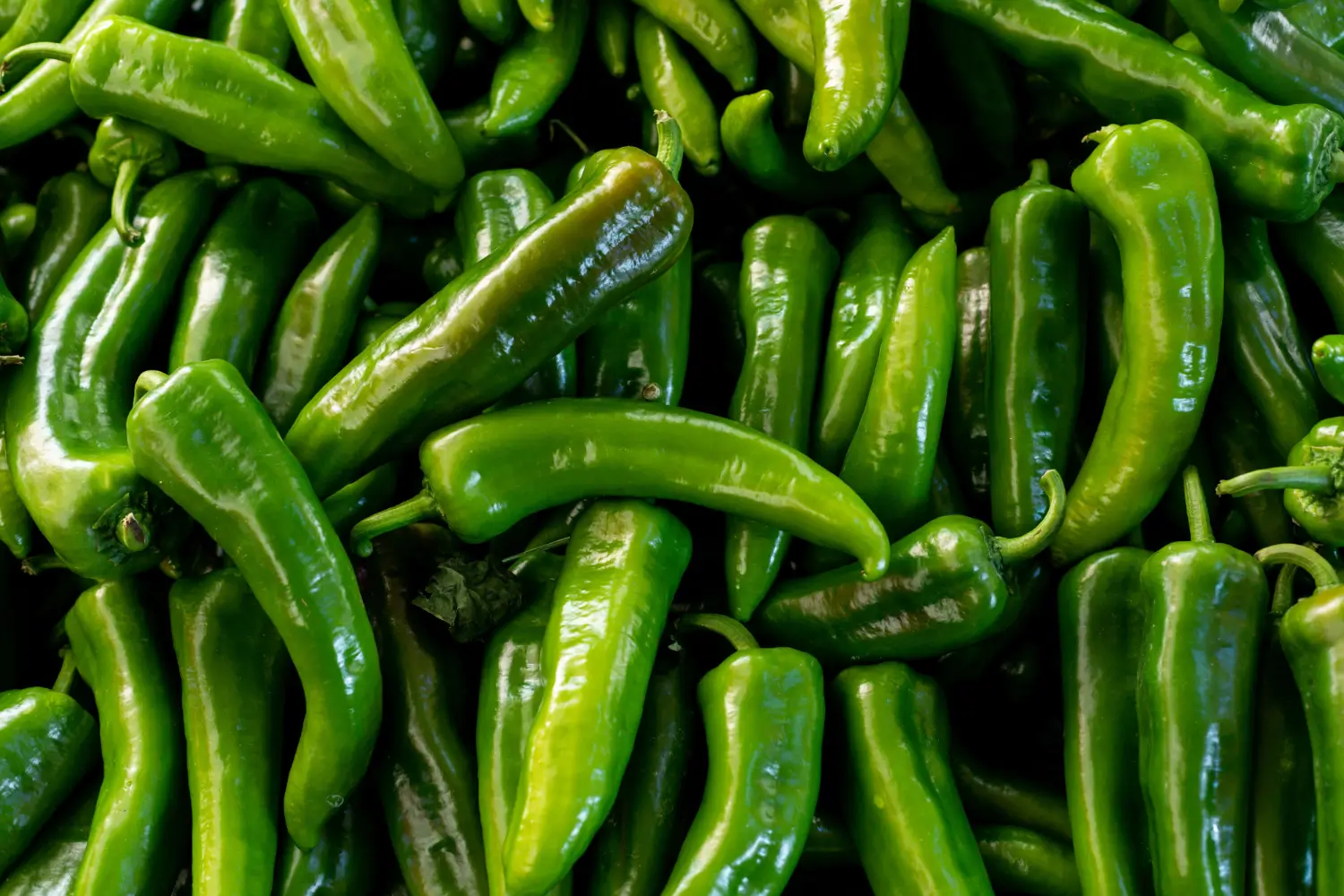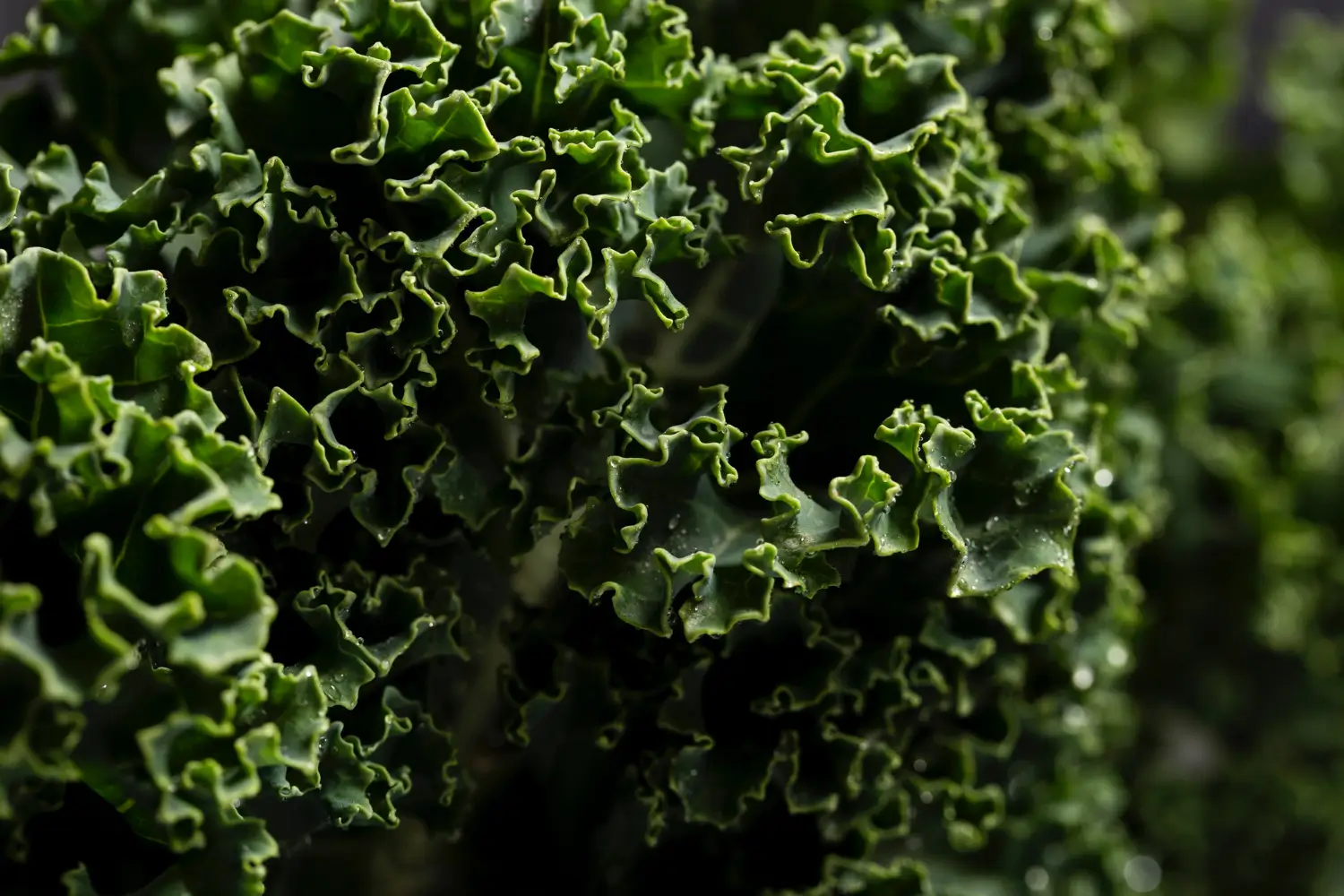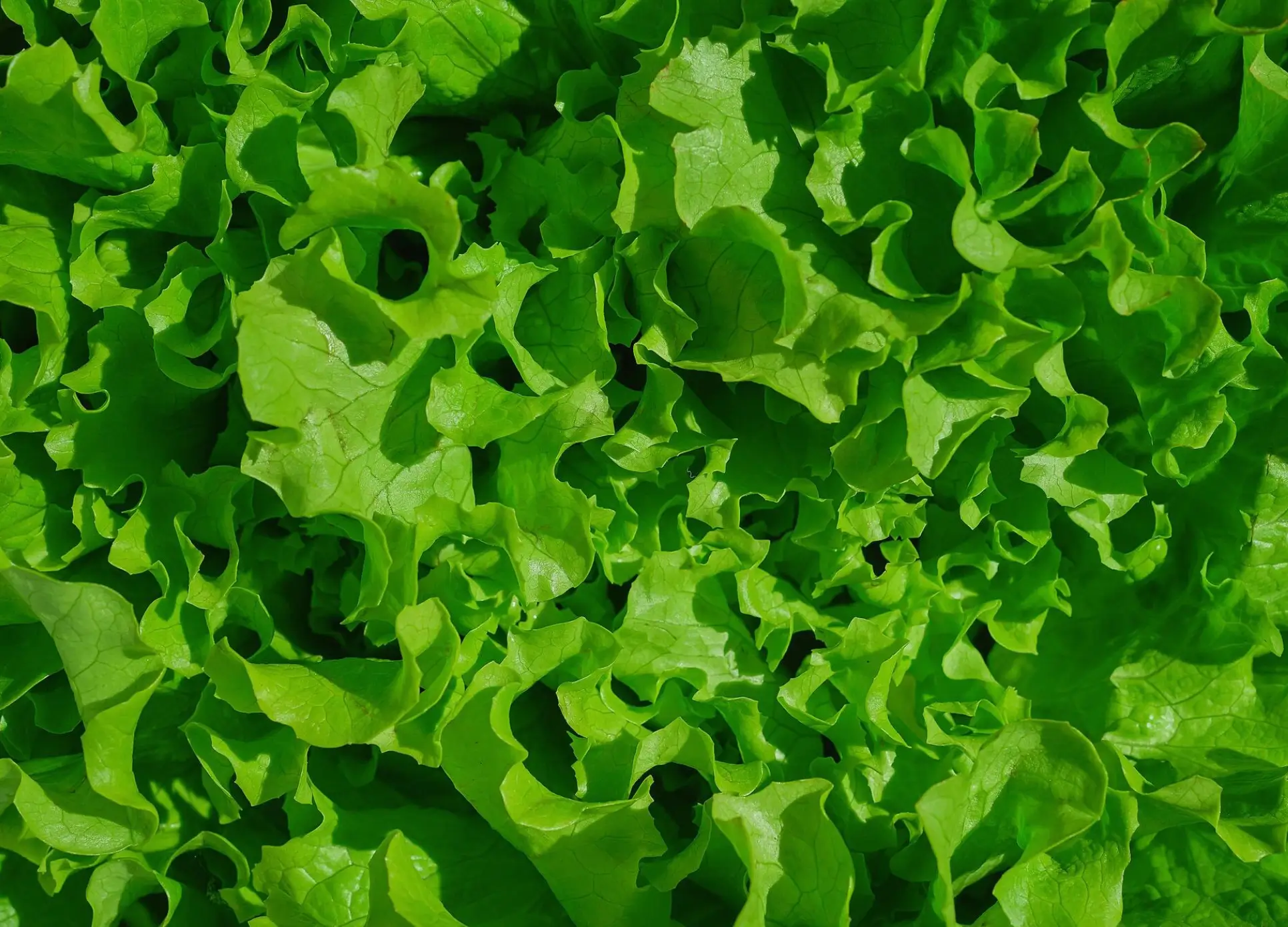
Soil Health & Fertilization
Hazelnut Filbert is a small to medium-sized tree prized for its crunchy, flavorful nuts. Hazelnuts are extremely nutritious and provide a healthy source of fat, protein, fiber, and high amounts of vitamins and minerals.
Published on September 19, 2025

Jalapeño
The jalapeño pepper, Capsicum annuum, is one of the most widely cultivated chili peppers in the world, known and valued in part due to its moderate heat and distinctive flavor.

Kale
Kale (Brassica oleracea var. sabellica) is one of the most robust Brassica species and a well-known leafy green vegetable that is cultivated all over the world

Kale Lacinato
Kale Dinosaur (Brassica oleracea var. palmifolia), also known as Lacinato kale, Tuscan kale, or Cavolo Nero, is a remarkable leafy green with a historical past that is just as lush as its health benefits.

Leaf Lettuce
Leaf lettuce (Lactuca sativa var. crispa) is a very common and popular variety of lettuce.
Hazelnuts have been cultivated for centuries in Europe, Asia, and North America. Not only were hazelnuts prized for their nut, but also for their oil. The tree is often used for hedges, shelterbelts, and as an ornamental. Its nuts deliver protein, good fats, and many minerals. Hazelnut Filbert is a practical and decorative plant for gardens and orchards.
Hazelnut plays an important role in several cultures across the world. You'll find them in desserts, chocolates, and holiday fare. Hazelnuts are often seen as a symbol of wisdom, protection, and prosperity in some cultures. In home orchards, gardeners often plant hazelnut trees both for practicality and ornament. An advantage of these trees is that they not only beautify, but also provide food.
It is also notable for being smaller and bushier than many nut trees, such as walnuts or pecans, hence the name "filbert." Clusters of nuts are formed, and their shells are hard and smooth. It provides a quicker rate of maturity than nuts from the larger trees. Broad, rounded leaves provide a unique look. It is a favourite of gardeners for its small size and rapid production.
Hazelnut filbert trees have been utilized for hundreds of years and were greatly appreciated by ancient civilizations. It is not only tasty but also contains loads of good fats, vitamins, and minerals in its nuts. Wild hazelnut trees, for example, can live for decades or more and bear nuts across the seasons with little attention from gardeners. In some regions, they are also used as natural windbreaks or ornamental shrubs, adding beauty and utility to gardens.
The tree grows upright with a spreading canopy that provides light shade. Nuts develop inside hard shells and are usually ready for harvest in late summer or fall. Hazelnut Filbert prefers full sun and moist, well-drained soil. It is hardy and can tolerate cold winters once established. The combination of attractive foliage and edible nuts makes it both practical and ornamental.
Hazelnuts are cooked in a variety of ways and enjoyed around the world. They can be eaten raw or roasted, the base of some desserts and spreads. The tree is also cultivated for its decorative value, being used as an ornamental because of its leaves and catkin flowers. Its delicious nuts are packed with protein, fiber, and good fats. Hazelnut Filbert adds both beauty and utility to any garden or orchard.
Hazelnut Filbert grows best in temperate climates with full sun. It prefers loamy, well-drained soil with moderate fertility. Regular watering is important during the first few years. Once established, it becomes more drought-tolerant and low-maintenance. Proper soil preparation and sunlight ensure strong, productive trees.
Hazelnut Filbert is generally resistant to pests but can face occasional problems. Aphids, filbert worms, and leaf rollers may appear. Fungal diseases such as blight or powdery mildew may occur in wet conditions. Pruning and proper spacing reduce risks of infection. Maintaining tree health is important for good nut production.
Hazelnut seeds are oval and encased in a hard, smooth shell. They turn brown when ripe and are easy to handle. The seeds require cold stratification for optimal germination. Gardeners can start them in seed trays or directly in the soil. Seeds are small but packed with potential for future nut trees.
Hazelnut seeds sprout best when kept cool and moist. Seeds pretreated with stratification through chilling for 4–8 weeks ordinarily. Good care yields healthy, happy seedlings. After the seeds sprout, they must be kept in a warm, sunny location to grow into healthy trees viable for fruit production. Germination is best when monitored constantly.
All in all, fresher seeds are more successful than older ones. Cool, dry place 1-2 years. Strong seeds produce strong seedlings and ultimately clipped, branched trees. Better quality seeds yield better growth and nut production. Good storage ensures longevity.
Seeds or layering are used to propagate Hazelnuts. Plant seeds 1 inch deep in well-draining soil.This is best done by planting 12–15 feet apart for ideal growth. Newly planted trees get established during their first year. Hazelnut trees will thrive when you follow proper planting techniques.
Grow hazelnuts in fertile, well-drained soils with full sun; applying mulch around the base of plants helps conserve soil moisture and suppresses weeds. During their first years, young trees should be protected from wildlife and severe weather. If you plant correctly, the trees will grow tall and strong and produce many nuts! Provide the tree with a healthy and happy life for decades to come.
If you perform this process regularly, the risk of pests and diseases is much lower. Cut them off fast on leaves and nuts. Problems can be controlled with organic sprays or natural predators. Healthy trees also resist fungal or insect attacks.
Hazelnuts can start to bear nuts two or three years after being planted. When shells are brown and fall from trees, this is the time of harvest. Nuts are eaten fresh, fried or stored. With a little care, these trees will surpass hundreds of years producing lots of nuts. Harvest fresh, early and often; this will help to ensure you the best flavor and quality.
Hazelnuts must be dried after harvest for the purpose of storage. Place them in a cool, dry area or transport them in hermetic containers. If kept properly, nuts can last for a few months. It helps keep the shell whole and intact with no fragment breaking off, so that is when it becomes crucial to handle them carefully.
Hazelnut Filbert is a sturdy, versatile tree that bears luscious and nutritious nuts. A vigorous grower in all but the most arid climates, once established it generally needs little or no attention at all. For all that, the tree is attractive with its large leaves and catkins. Both a food and aesthetic favorite of gardeners who also value its long-term productivity.
Approximately 2 to 3 years from when they were planted.
Large containers are possible, but it's best to get them established in the ground when young.
Aphids, filbert worms, and leaf rollers are all pretty standard pests.
Allow to dry and then store in cool, dry airtight containers for months.

Soil Health & Fertilization

Pest Identification & Prevention

Lawn Care Tips & Maintenance

Soil Health & Fertilization

Smart Irrigation Systems

Patios, Walkways & Driveways

Soil Health & Fertilization

Pest Identification & Prevention